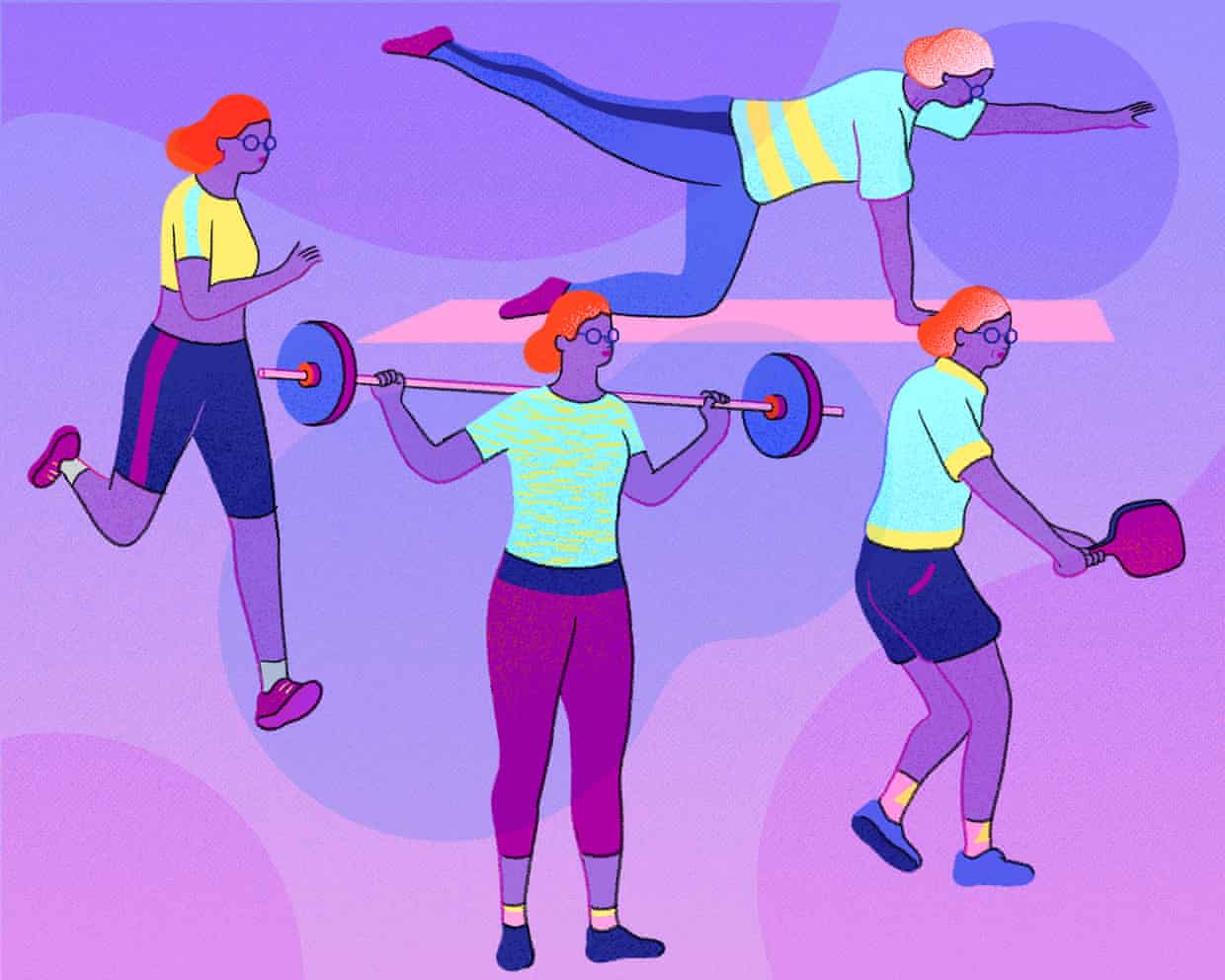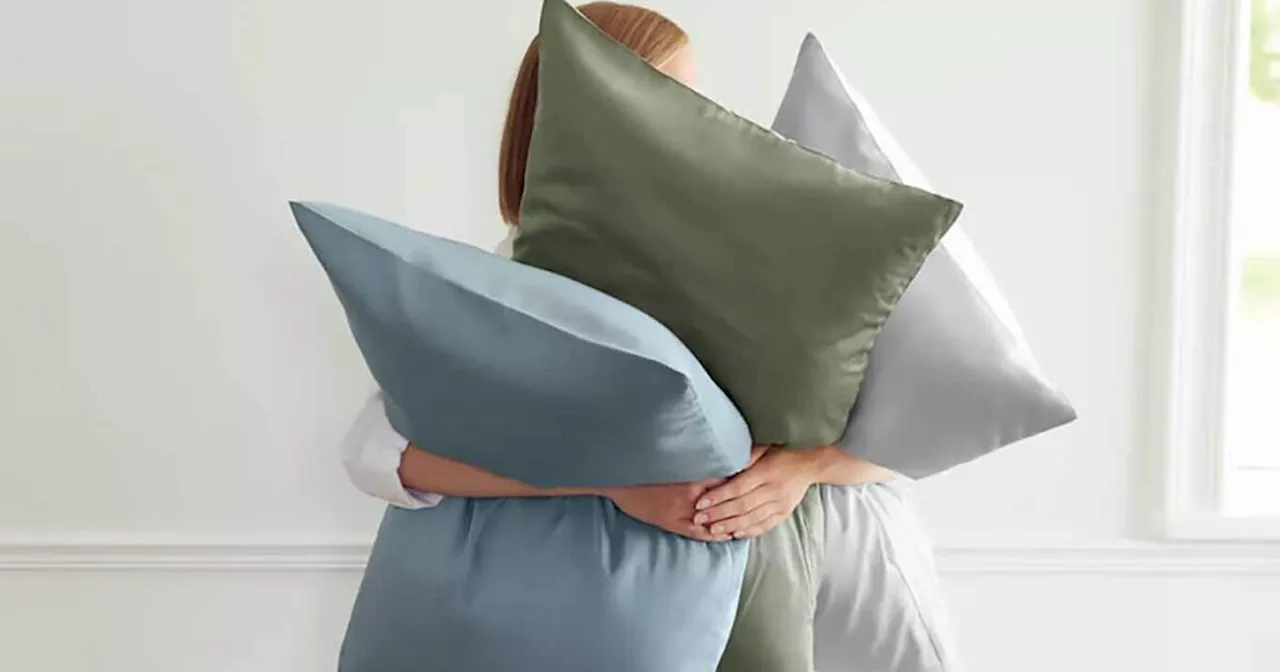According to a recent article by Maureen Salamon from Harvard Health Publishing, the debate over the best sleep position is ongoing, with various experts weighing in on its impact on health. While everyone agrees on the importance of quality sleep for overall well-being, opinions diverge on which position promotes the best outcomes for the mind and body.
Research has highlighted that different sleep positions can significantly affect health, influencing factors such as spinal alignment and the risk of developing conditions like sleep apnea. The most common sleep positions include back, side, and stomach, each with its unique set of advantages and disadvantages.
Evaluating Sleep Positions
Sleeping on one’s back is often considered optimal for maintaining spinal alignment. It allows the head, neck, and spine to rest in a neutral position, reducing the likelihood of discomfort. However, for those who snore or suffer from sleep apnea, this position may exacerbate their symptoms, leading to disrupted sleep.
Side sleeping, particularly on the left side, is frequently recommended for pregnant women and individuals with certain digestive issues. This position improves circulation and reduces pressure on internal organs, making it a popular choice among health professionals. Additionally, side sleeping may help alleviate symptoms of acid reflux and reduce the risk of heartburn.
On the other hand, stomach sleeping is generally discouraged. It can lead to neck and back pain due to the unnatural position of the head and spine. Experts caution that this position can also strain muscles and joints, leading to discomfort over time.
Expert Recommendations
Experts suggest that individuals should choose a sleeping position that aligns with their specific health needs. For instance, those with chronic back pain may benefit from sleeping on their sides with a pillow between their knees to maintain proper alignment. In contrast, individuals without major health concerns might find back sleeping to be the most restorative.
The article notes that the right mattress and pillow can also enhance sleep quality. A medium-firm mattress is often recommended for back and side sleepers, as it supports the body while allowing for some contouring. The choice of pillow is equally crucial; it should support the neck’s natural curve, ensuring a comfortable sleep experience.
Ultimately, the best sleep position may vary based on personal comfort, health conditions, and individual preferences. As more research emerges, it becomes increasingly clear that understanding how different sleep positions affect our health can lead to improved sleep quality and overall well-being.
In summary, while there is no universal answer to the question of the best sleep position, informed choices can contribute to better sleep hygiene and health outcomes.







